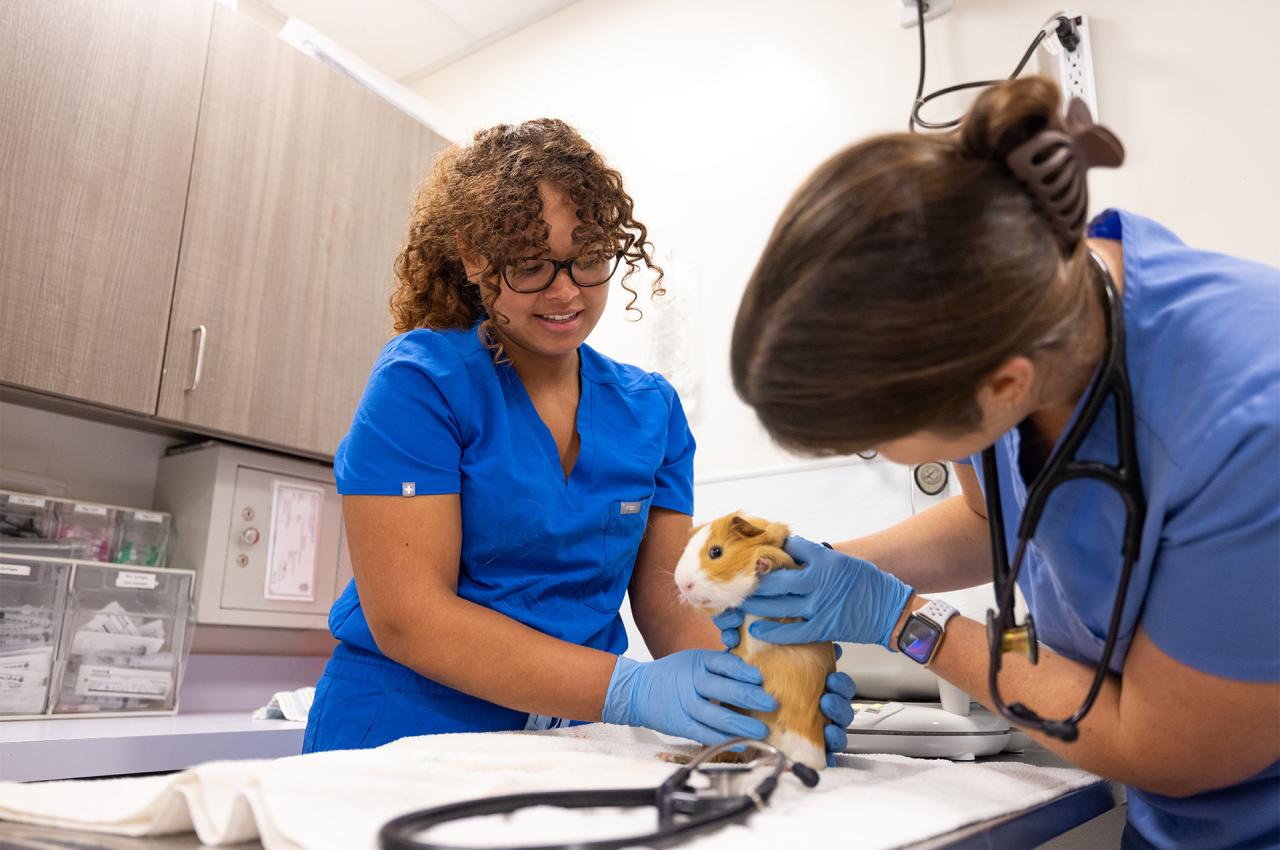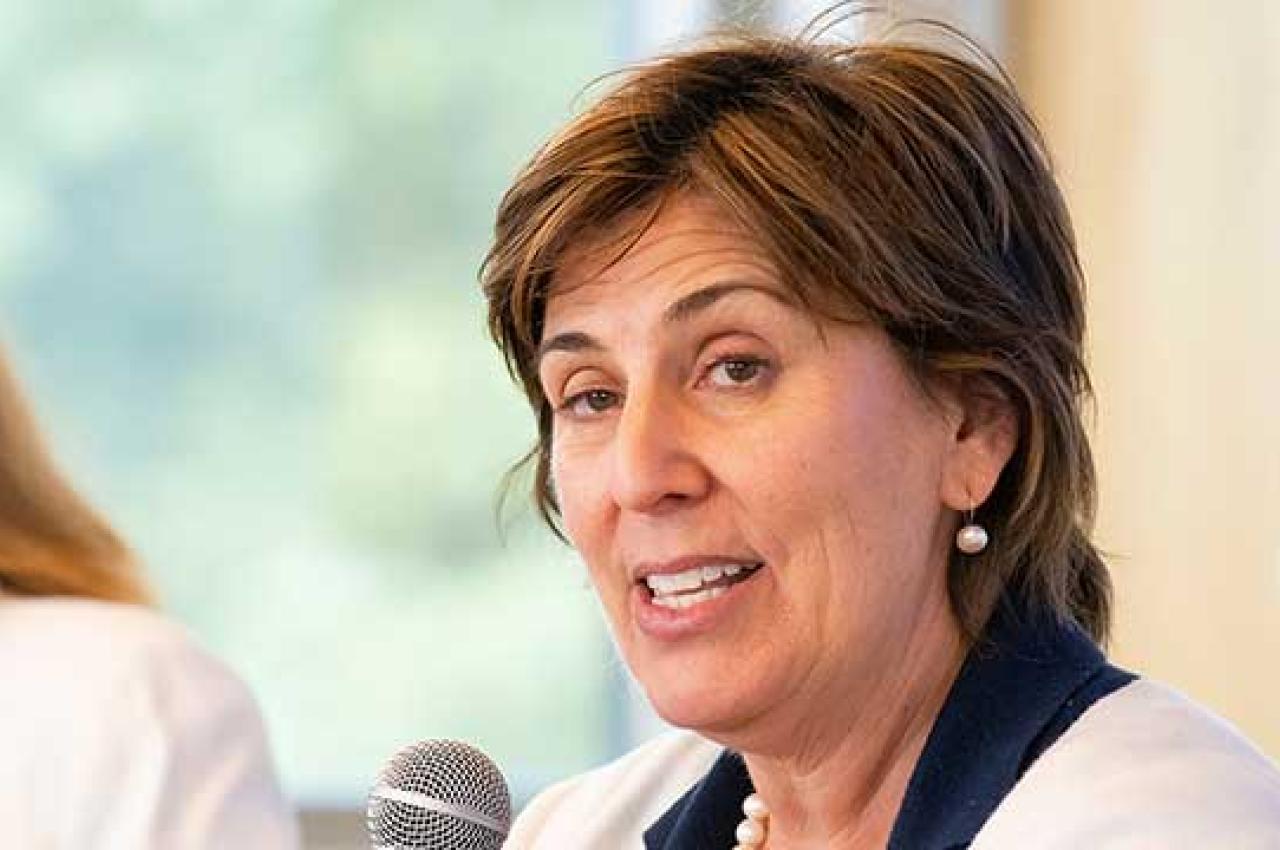New 3D Tissue Model May Speed Better Therapies for Fibrosis
Lab-grown skin captures the complexities of real disease to develop more effective treatments for scleroderma and other life-threatening conditions
Citation: Isha Singh from Tufts University School of Dental Medicine is the first author. Research reported in this article was supported by the National Institutes of Health’s National Center for Advancing Translational Sciences under award number UM1TR004398, as well as a grant from the National Scleroderma Foundation. Complete information on authors, funders, methodology, limitations, and conflicts of interest is available in the published paper.
Disclaimer: The content is solely the responsibility of the authors and does not necessarily represent the official views of the funders.
Latest Tufts Now
- Tufts Connections With Two Key Massachusetts Health Leadership RolesSchool of Medicine community members now lead both the Commonwealth’s Executive Office of Health and Human Services and Department of Public Health
- 20 Years of Tisch Summer FellowsMore than 1,000 students have jump-started careers for the public good with this civic internship program
- ‘Don’t Fall for FOMO’An undergraduate peer advisor on life as an international student
- How a Small-but-Mighty Coxswain Leads Tufts Women’s RowingCoxswain Hannah Jiang, A26, shares what it takes to lead the women’s rowing team, and how the Jumbos won two consecutive NCAA Championship titles
- New Approach to Alternative Energy Sources for College CampusesAt Tufts, state officials, higher education representatives, and energy experts highlight new regulations that could improve access to geothermal energy and lower costs for all
- I Protected My Children From Our Holocaust History. But Then They Grew UpIn Serbia’s capital, my daughter and I learned side by side about my father’s wartime experience—and our family’s heartbreak













